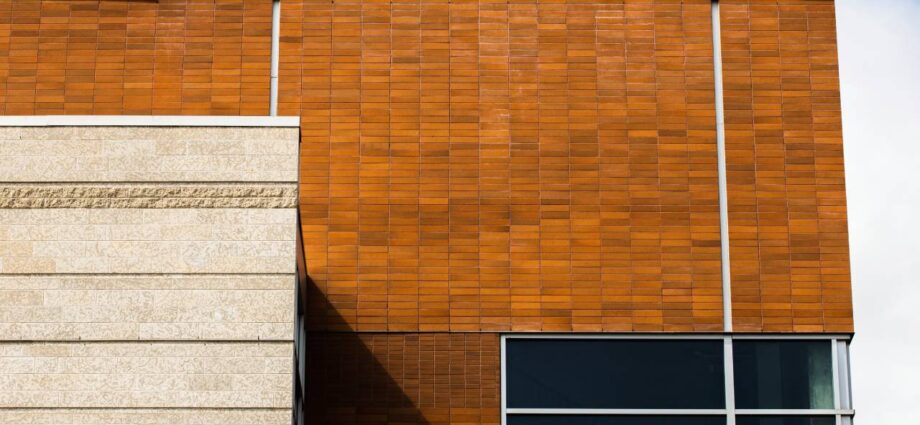In modern architecture and exterior design, composite cladding has come to the fore as a revolutionary solution that blends aesthetics with functionality. Comprising a combination of wood fibers, recycled plastics, and other materials, composite cladding offers a plethora of benefits that make it a popular choice for both residential and commercial buildings. From enhancing visual appeal to providing long-lasting durability and contributing to sustainability goals, composite cladding stands out as a versatile and eco-friendly exterior solution.
Aesthetic Appeal
One of the primary benefits of composite cladding is its aesthetic versatility. Unlike traditional materials like wood or vinyl, composite cladding offers a wide range of colors, textures, and finishes, allowing architects and homeowners to achieve a customized look that fits in with the overall design of the building. Whether you like the natural appearance of wood grains with NewTechWood woodgrain composite cladding or a sleek, modern finish, this type of cladding can be changed to meet your specific aesthetic preferences.
The ability to mimic the look of traditional materials while offering enhanced durability has made composite cladding a popular choice for those seeking a balance between classic charm and contemporary resilience. This adaptability allows for creative freedom in designing exteriors that not only catch the eye but also withstand the test of time.
Durability and Low Maintenance
Composite cladding is engineered to withstand the harsh elements of nature, making it a durable and long-lasting option for exterior applications. Unlike wood, which is prone to rot, decay, and insect damage, composite cladding is resistant to these common issues. It’s also highly resilient against fading, warping, and cracking, ensuring that the exterior of a building maintains its pristine appearance over the years.
Additionally, composite cladding requires minimal maintenance compared to traditional materials. It doesn’t need to be painted, stained, or sealed regularly, saving both time and resources. Cleaning with just water and mild soap is usually sufficient to keep composite cladding looking fresh, making it an attractive choice for those who value low-maintenance solutions without compromising on aesthetic appeal.
Energy Efficiency
Composite cladding can contribute to improved energy efficiency within a building. The material acts as an additional layer of insulation, helping regulate indoor temperatures and reducing the overall energy consumption required for heating or cooling. This not only leads to cost savings but also aligns with sustainable building practices by promoting energy-efficient design.
The insulation properties of composite cladding can contribute to a more comfortable indoor environment, reducing the reliance on heating and cooling systems. As energy efficiency becomes an increasingly critical consideration in construction, the use of composite cladding can be seen as a strategic investment in creating environmentally responsible and cost-effective buildings.
Environmental Sustainability
Composite cladding is often produced using recycled materials, such as reclaimed wood fibers and recycled plastics. This eco-friendly approach reduces the demand for virgin resources and also helps to divert waste from landfills. The incorporation of recycled content into composite cladding aligns with sustainability goals, making it an environmentally conscious choice for those seeking to minimize their ecological footprint.
Furthermore, the longevity of composite cladding contributes to sustainability by reducing the need for frequent replacements and repairs. Its resistance to deterioration and decay means that buildings with composite cladding can maintain their structural integrity for an extended period, reducing the overall environmental impact associated with construction and maintenance.

